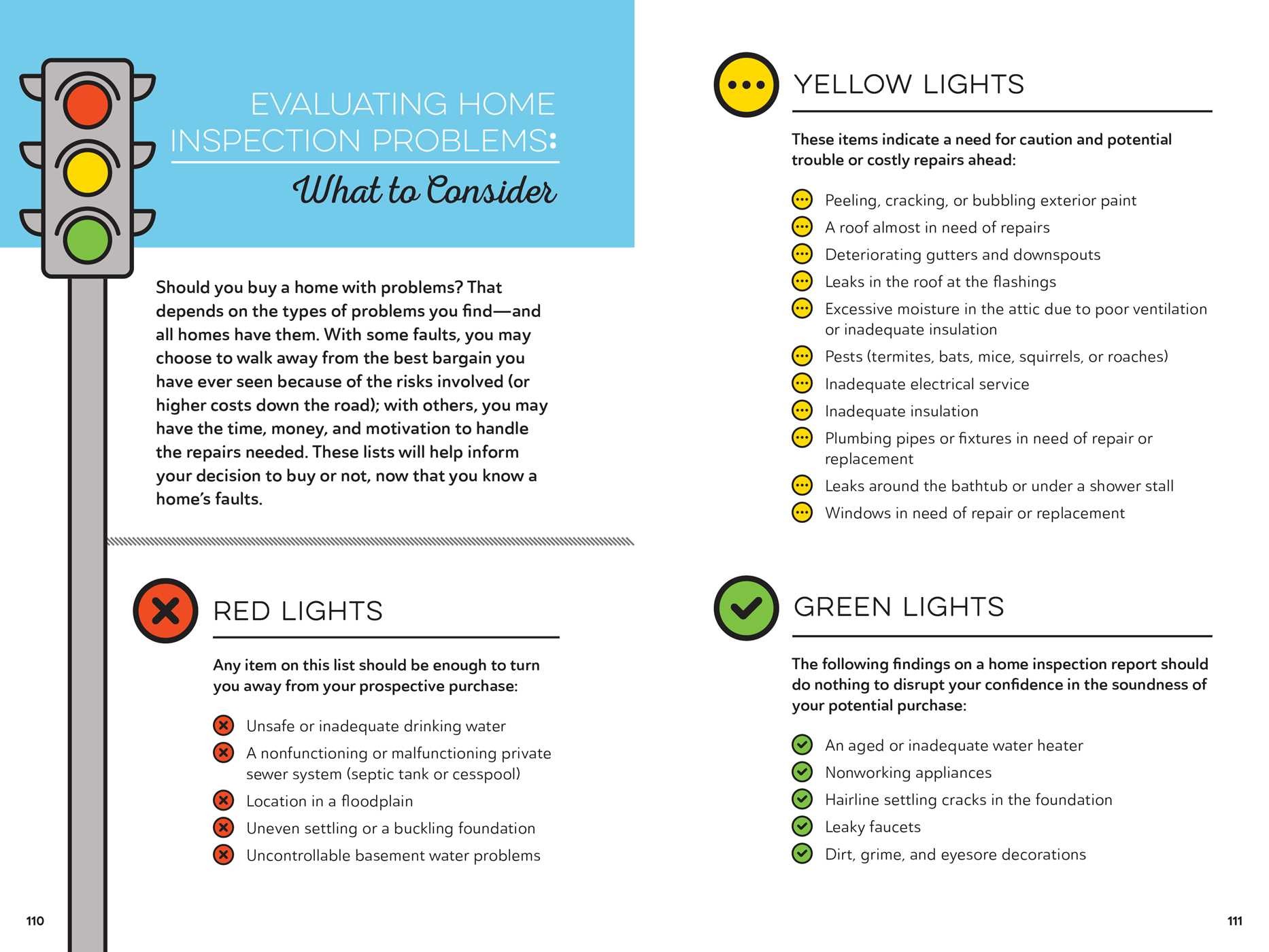The Function Of Roofing Air Flow In Making Sure A Successful Installment
The Function Of Roofing Air Flow In Making Sure A Successful Installment
Blog Article
Published By-Lassiter Poole
When you're tackling a roof task, you may not assume much regarding roof covering ventilation, yet it's more essential than you recognize. Reliable ventilation helps regulate temperature and wetness in your attic, preventing problems like mold and architectural damage. By recognizing just how to make and set up a well balanced ventilation system, you can boost power efficiency and extend the lifespan of your roofing materials. So, what are the key variables to take into consideration throughout installation that can make all the difference?
Importance of Roofing System Air Flow
Roof covering ventilation plays a crucial duty in maintaining the total health and wellness of your home. By allowing fresh air to distribute via your attic room, it assists regulate temperature level and wetness degrees. This equilibrium is essential to avoid warm build-up during hot months, which can lead to boosted energy costs as your air conditioning burns the midnight oil.
Furthermore, appropriate air flow substantially decreases the threat of moisture-related issues like mold and mold. If humidity levels climb, your home's structural stability can be jeopardized, bring about pricey repair work. You wouldn't want to manage rotting timber or deformed roofing products, right?
In addition, ample air flow prolongs the lifespan of your roofing system. When warm and moisture are kept in check, your roof can do optimally, protecting against early wear and tear. This indicates less frustrations and expenditures down the line.
Just How Roofing Air Flow Works
Efficient roofing system ventilation relies on the all-natural movement of air to create a balance in between consumption and exhaust. When you install vents, you're essentially permitting fresh air to enter your attic while allowing warm, stagnant air to get away. This process helps regulate temperature level and moisture degrees, stopping concerns like mold and mildew development and roof damages.
Intake vents, typically located at the eaves, draw in cool air from outdoors. At the same time, exhaust vents, located near the ridge of the roofing, allow hot air increase and departure. The distinction in temperature produces an all-natural air movement, referred to as the pile impact. As cozy air surges, it creates a vacuum that pulls in cooler air from the lower vents.
To enhance this system, you require to make certain that the consumption and exhaust vents are correctly sized and positioned. If the intake is limited, you will not attain the desired ventilation.
Furthermore, not enough exhaust can trap warm and dampness, bring about possible damage.
Trick Installation Considerations
When setting up roofing system ventilation, several crucial factors to consider can make or damage your system's effectiveness. First, click over here now require to evaluate your roofing's design. The pitch, shape, and products all affect airflow and air flow choice. Ensure to pick vents that fit your roof covering type and regional environment conditions.
Next off, consider take a look at the site here of your vents. Ideally, you'll want a well balanced system with intake and exhaust vents placed for optimal airflow. Place consumption vents low on the roofing and exhaust vents near the optimal to motivate a natural flow of air. This arrangement aids prevent wetness buildup and promotes energy performance.
Do not forget insulation. Proper insulation in your attic protects against warm from escaping and keeps your home comfy. Make sure that insulation does not block your vents, as this can impede airflow.
Last but not least, think of maintenance. Choose air flow systems that are simple to access for cleaning and inspection. Routine upkeep ensures your system continues to work efficiently in time.
Verdict
To conclude, roofing ventilation is important for an effective setup. By making sure appropriate air flow, you can prevent warm accumulation and dampness concerns that bring about expensive damage. When you purposefully position intake and exhaust vents, you enhance power performance and lengthen the life expectancy of your roofing. Keep in mind, a well-ventilated roofing system not just protects your investment but also enhances your interior air high quality. So, focus on air flow to make sure a durable and cost-efficient roof for your home.
